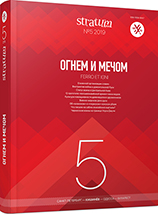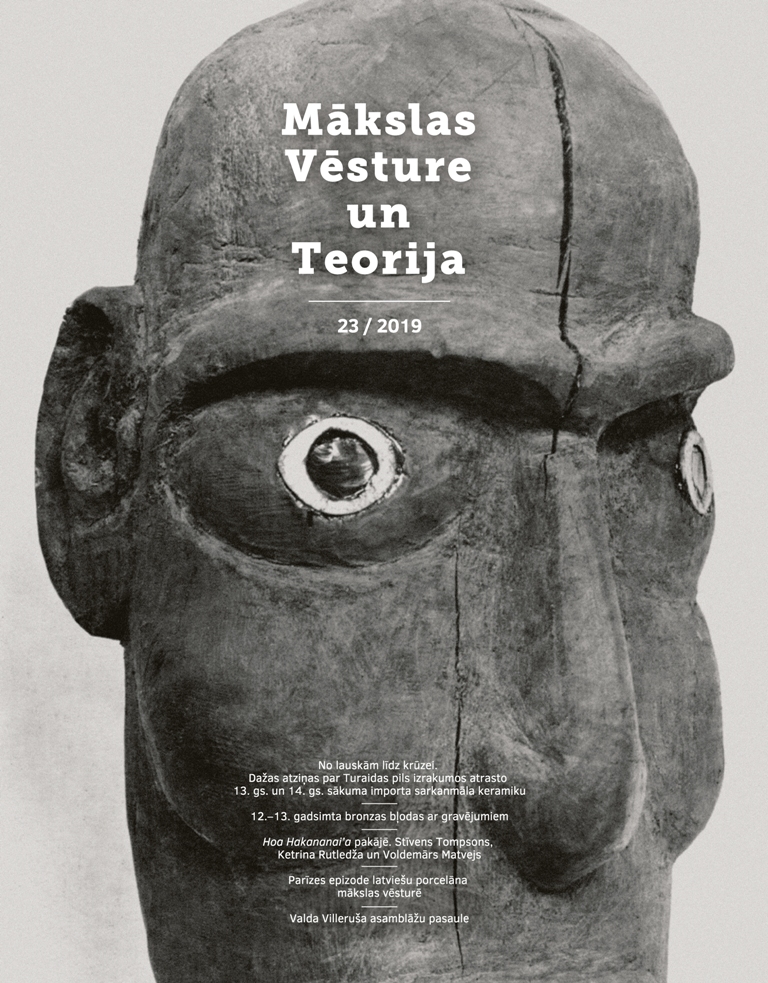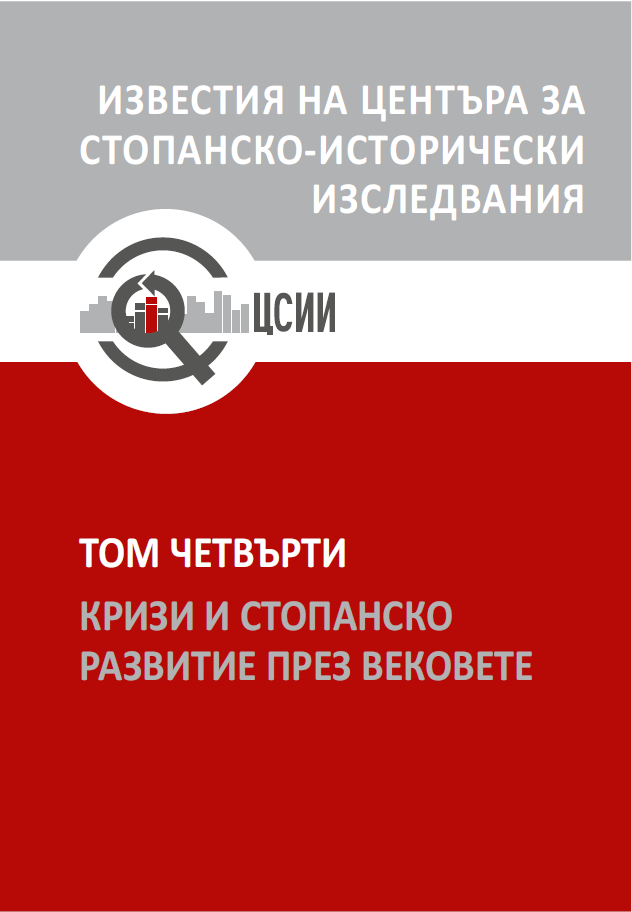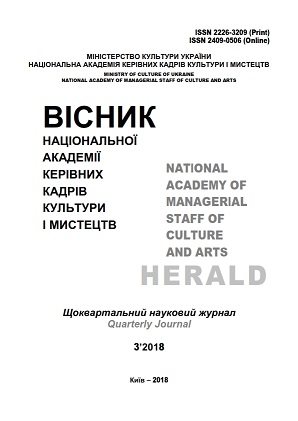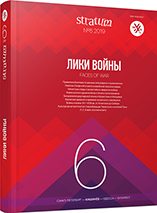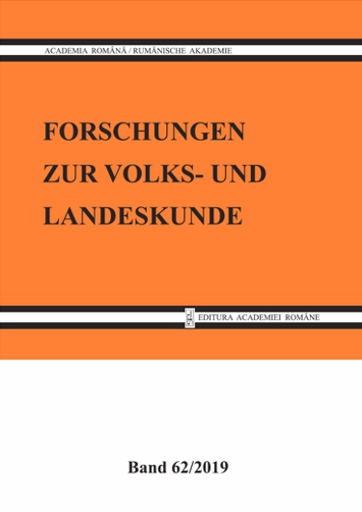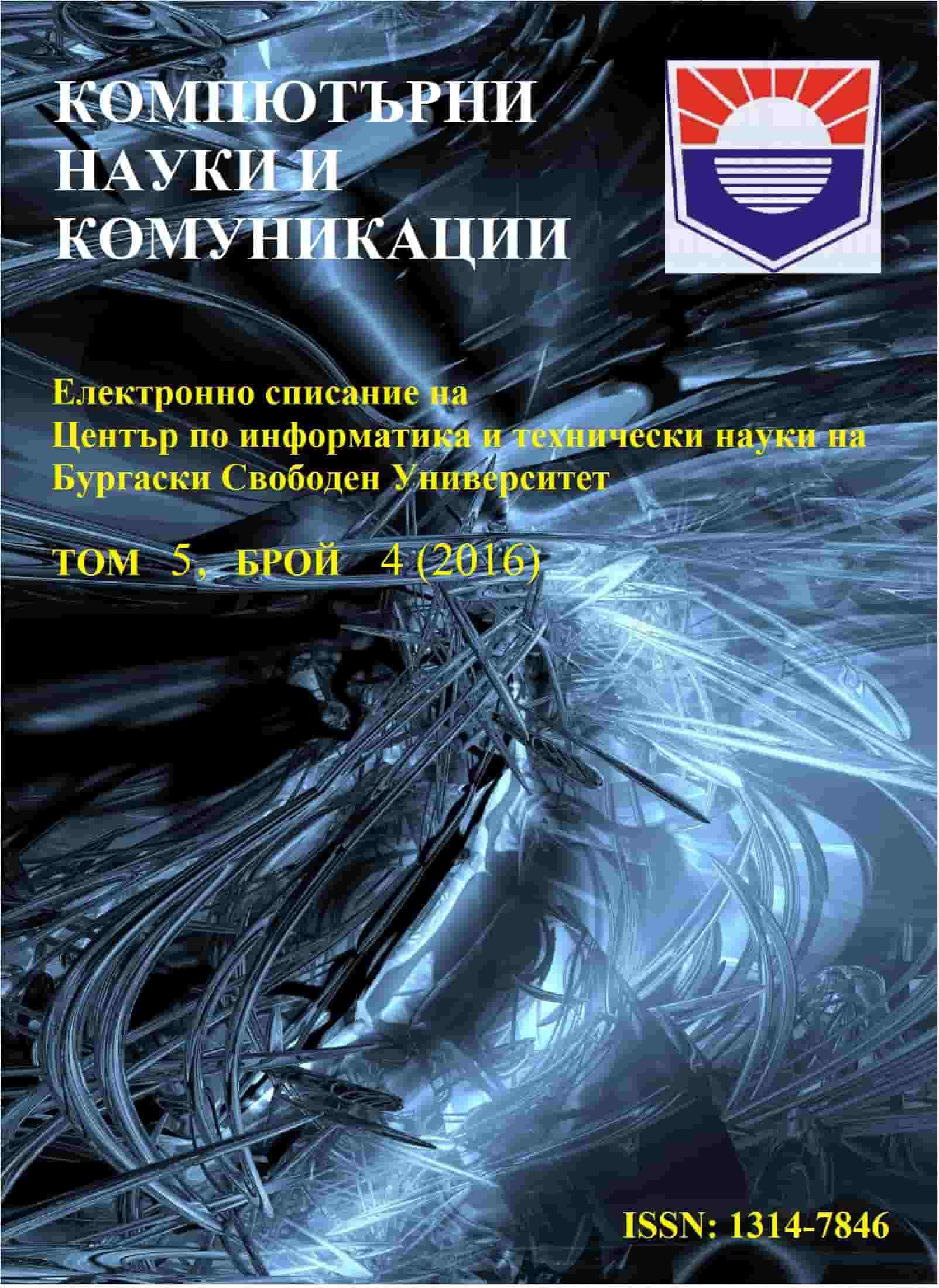Author(s): Silviu Andrieș-Tabac,Mihail Ciocanu / Language(s): English,Romanian
Issue: XXXVII/2019
Medieval drinking vessels, such as cups, mugs, goblets and bowls,fulfilled three different functions: (1) an everyday role; (2) a symbolic purpose,of emphasising the social status of the owner/the patron/the donator; 3) aneconomic use, of hoarding, especially when the objects were made of precious metals, were artistically decorated and were engraved with distinctive inscriptions.To this day, scholars knew of five 16th century Moldavian aristocratic cups, due to the studies published by Constantin Moisil, Alexei V. Oreșnikov, Constantin Cihodaru and Corina Nicolescu. Other scholars helped at dating and identifying the cups’ owners: Lupe Huru’s cup from 1580; the chancellor Lupu Stroici’s mug from 1591; the cup donated by the great chamberlain Drăgan and by his wife, Irina, around 1597-1600; the cup ordered by the treasurer Tăutul Vrânceanul and by his wife, Ana Tăutuleasa from Cordăreni, in 1600; the cup ordered by the scribe Ieremia Băseanul and by his wife, Varvara, sometimes around 1600. All these five cups are called „купа” in their Slavonic inscriptions. To them, one should add four more silver cups, more ancient,discovered in Moldavia, in the region on the left side of the Prut. The authors found out about these cups during the long period of collecting and preserving all pieces of information related to illegal discoveries of medieval precious objects, which later were acquired for lesser known or unidentified private collections. In these cases, scholars are left only with a few technical data and some rather unprofessional photographs: 1) the burgrave Mihu’s cup from 1530-1540 (unearthed in the interwar period on the territory of the Păruceni village, at the place called Leu, today in the county of Nisporeni); (2) the doorkeeper Hacico from 1551 (discovered in the county of Ungheni); (3) pan Drușco’s cup from 1571 (found in an unspecified place, somewhere in the county of Noua Suliță, in the region of Cernăuți); (4) the burgrave Copaci’s cup from the second half of the 16th century (uncovered in the forest nearby Cunicea village, in the Florești county, in the former region of Soroca).
More...
